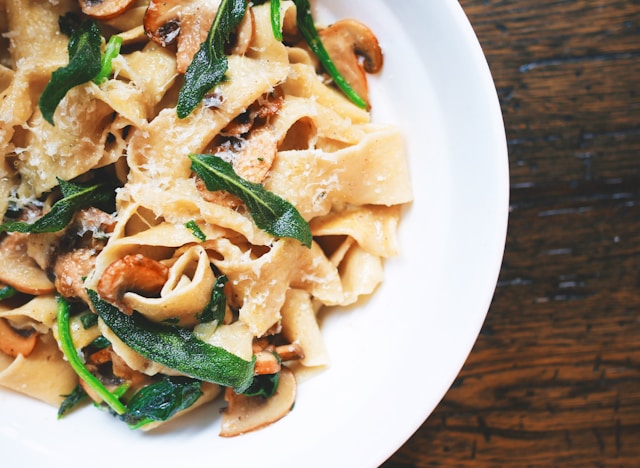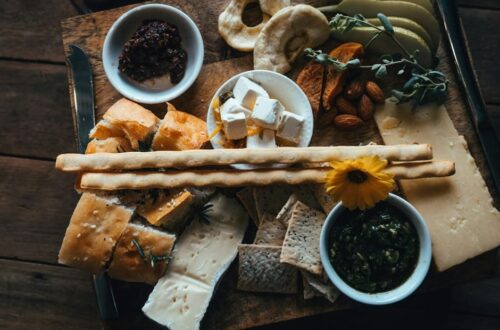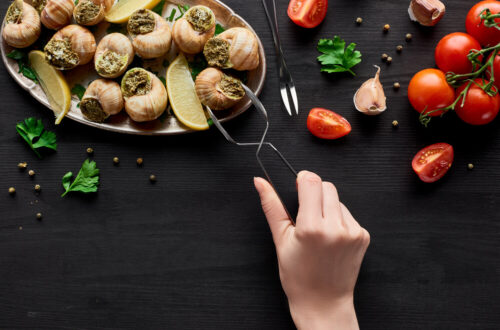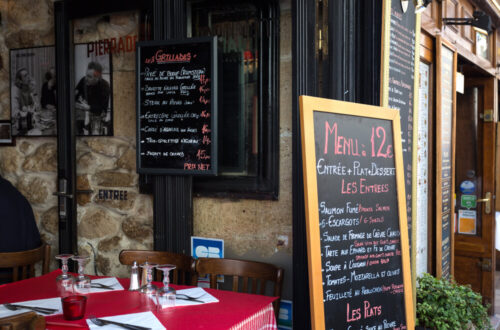
The Craft and Mastery of French Pastry Making
French pastry making is an intricate and revered craft that has captivated bakers and food enthusiasts worldwide. From delicate macarons to flaky croissants, French pastries are a testament to precision, skill, and creativity. This article delves into the history, essential techniques, and iconic recipes that define the art of French pastry making.
A Brief History of French Pastry
The origins of French pastry can be traced back to the medieval period when early forms of pastries were developed. Over the centuries, French pastry evolved through the influence of various culinary traditions, including those from Italy and Austria. By the 17th century, French pastry had begun to take on its distinctive characteristics, largely thanks to the work of chefs like François Pierre La Varenne and Marie-Antoine Carême, who are often credited with elevating pastry to an art form.
Marie-Antoine Carême, known as the “King of Chefs and the Chef of Kings,” played a pivotal role in the development of modern French pastry. He is credited with creating the classic puff pastry and perfecting many traditional recipes that are still enjoyed today.
Essential Techniques and Ingredients
Mastering French pastry requires an understanding of key techniques and ingredients that form the foundation of many recipes. Here are some essential aspects to consider:
Puff Pastry (Pâte Feuilletée)
Puff pastry is a fundamental component of many French pastries, including croissants and mille-feuille. It is made by layering dough and butter, then repeatedly folding and rolling it out to create multiple layers. The result is a light, flaky texture that is the hallmark of many French desserts.
Choux Pastry (Pâte à Choux)
Choux pastry is another cornerstone of French baking, used to make éclairs, profiteroles, and cream puffs. It involves cooking a mixture of water, butter, flour, and eggs to create a light, airy dough that puffs up when baked. This dough is then filled with creams, custards, or other delicious fillings.
Custards and Creams
French pastries often feature rich custards and creams, such as crème pâtissière (pastry cream), crème anglaise, and chantilly cream. These elements add depth and richness to pastries, making them indulgent and satisfying.
Macarons
Macarons are delicate almond meringue cookies with a crisp exterior and a chewy interior, often filled with ganache, buttercream, or jam. The process of making macarons requires precision and practice, as the batter must be perfectly smooth and the cookies must be baked at the right temperature.
Iconic French Pastries
French pastry offers a vast array of delectable treats, each with its unique flavor and texture. Here are some iconic examples:
Croissants
Perhaps the most famous French pastry, the croissant, is known for its buttery, flaky layers. Achieving the perfect croissant involves mastering the art of laminating dough with butter and baking it to golden perfection.
Tarte Tatin
This upside-down caramelized apple tart is a classic French dessert with a rich history. It is traditionally made with a layer of caramelized apples covered by a buttery pastry crust, which is inverted before serving.
Éclairs
Éclairs are elongated pastries made from choux dough, filled with cream, and topped with a glossy icing. They come in various flavors, with chocolate and coffee being among the most popular.
Macarons
These colorful, delicate cookies are a staple of French patisseries. Available in an array of flavors and colors, macarons are as visually appealing as they are delicious.
In the midst of exploring the rich tradition of French pastry making, it’s worth noting that indulging in these delights can be a rewarding experience, akin to the excitement one might find in various forms of entertainment. For instance, just as a well-crafted pastry can bring joy, exploring new activities can also be thrilling. Speaking of unique experiences, some online platforms offer diverse opportunities for entertainment, and it’s interesting to see how different forms of enjoyment can parallel the satisfaction of creating and tasting exquisite pastries. For those interested in exploring new avenues of fun, you might find https://play-fortune.pl/kasyno/z-minimalnym-depozytem/ intriguing, as it highlights a different aspect of engaging activities that can be as captivating as baking.
Tips for Aspiring Pastry Chefs
For those looking to master the art of French pastry making, here are some expert tips to guide you:
- Precision is Key: French pastry requires exact measurements and precise techniques. Invest in a good kitchen scale and practice your skills regularly.
- Quality Ingredients: Use high-quality butter, flour, and other ingredients to ensure the best results. French pastries are all about the richness of flavor and texture, which can only be achieved with the finest ingredients.
- Patience and Practice: Perfecting French pastry takes time and patience. Don’t be discouraged by initial failures; instead, learn from them and keep practicing.
- Learn from the Masters: Study the techniques of renowned pastry chefs and take inspiration from their work. There are many online tutorials and classes that can provide valuable insights and guidance.
French pastry making is an art that combines tradition, creativity, and technical skill. Whether you’re a seasoned baker or a beginner, the journey of mastering French pastry is a rewarding and delicious adventure. By understanding the history, mastering essential techniques, and experimenting with iconic recipes, you can create stunning pastries that are sure to impress and delight.




